
What is restricted mode on YouTube?
Like a vigilant chaperone at a school dance, YouTube’s Restricted Mode strives to keep things clean and user-friendly. But what exactly is it, how does it function, and what impact does it have on your viewing experience?
You might have stumbled upon it in your settings, or perhaps you’re completely unaware it exists. Either way, understanding Restricted Mode is crucial for anyone using YouTube, whether you’re a concerned parent, an educator, or just an everyday user seeking a safer browsing experience.
Ready to unlock the mystery?
Key Takeaways
- Restricted Mode is a voluntary filtering system within YouTube, designed to create a safer viewing environment.
- It uses sophisticated algorithms to analyze and shield viewers from offensive content, benefiting all users.
- The feature can be easily activated or deactivated through the user’s YouTube account settings.
- Despite some challenges with overzealous filtering and inconsistencies across devices, Restricted Mode is crucial for maintaining a safe online space.
Understanding YouTube’s Restricted Mode
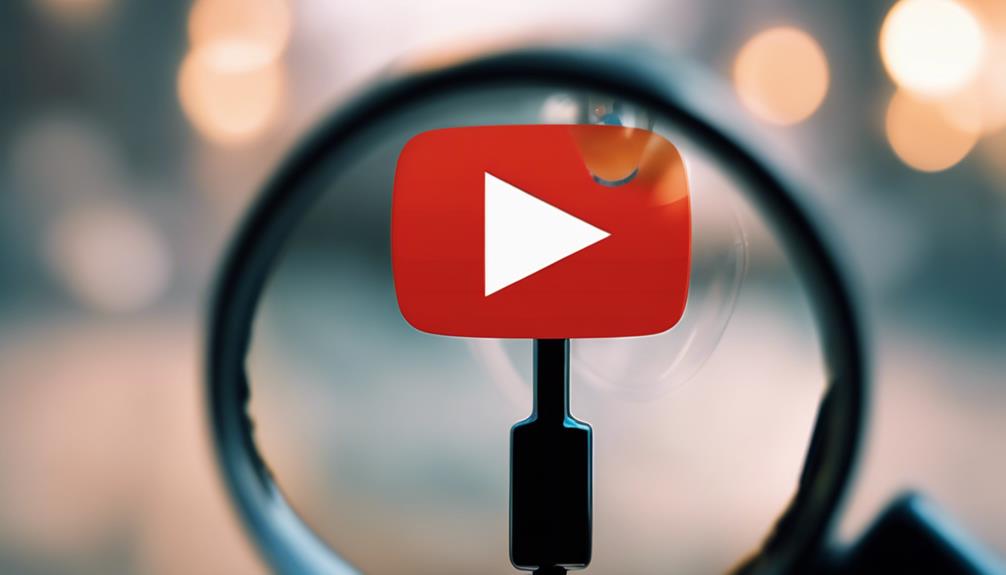
If you’ve ever wondered what YouTube’s Restricted Mode is all about, it’s essentially a voluntary filtering system designed to screen out potentially mature content. It’s a feature that’s built into YouTube’s architecture, aimed at keeping you and your family safe from unfiltered content risks that could potentially be inappropriate or offensive.
The secret behind this indispensable feature lies in the sophisticated Restricted Mode algorithms. These algorithms work tirelessly, scanning and analysing every video uploaded on the platform. They review factors such as the video’s title, description, metadata, and even community flagging to determine if a video is suitable for all audiences.
However, it’s important to note that no algorithm is perfect. There can be instances where some videos might slip through the cracks. Though rare, it’s a risk that exists in any automated system. But don’t let that deter you. YouTube is constantly improving its algorithms, innovating to enhance the accuracy and efficacy of Restricted Mode.
The Purpose of Restricted Mode
Harnessing the power of Restricted Mode, you’re able to create a safer viewing environment on YouTube, effectively filtering out potentially mature content that you or your family may find inappropriate. This tool, designed by YouTube, is beneficial for viewers of all ages, not just children.
One of the common restricted mode misconceptions is that it’s only for kids. But here’s the deal: whether you want to shield yourself from potentially offensive content, or you’re in a public environment where explicit videos can be awkward, Restricted Mode is your ally. It’s about creating a tailored YouTube experience that suits your needs and aligns with your values.
The benefits of Restricted Mode go beyond children. Imagine being able to explore YouTube’s vast universe of videos, without stumbling upon content you’d rather not see. It’s like having a personal curator for your YouTube journey, ensuring you’re only exposed to content that matches your preferences.
How to Activate Restricted Mode
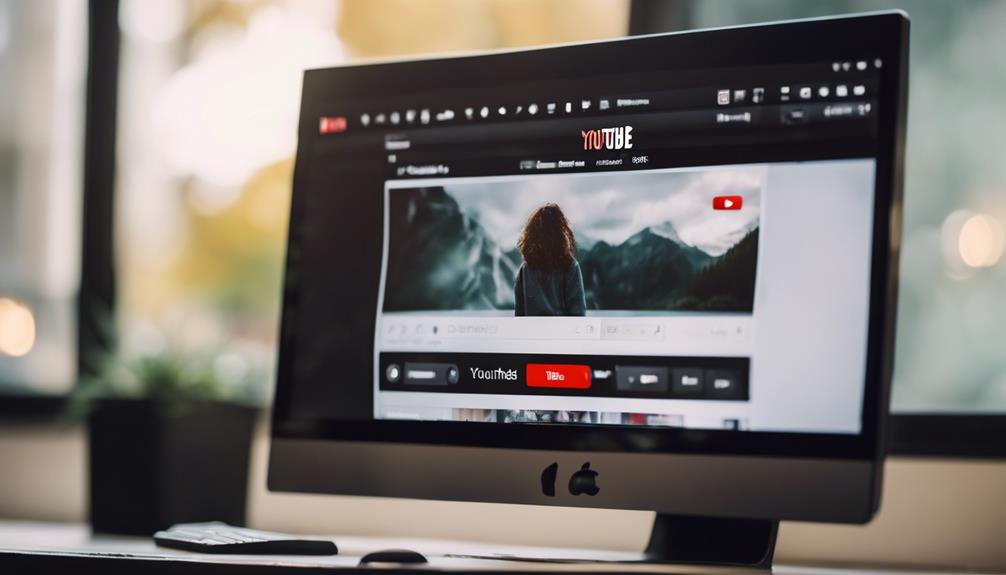
Now that we’ve outlined the advantages of Restricted Mode, let’s walk through the steps to activate this feature on YouTube. The process is straightforward, and the mode activation benefits are significant.
Here’s a four-step guide to help you with the restricted mode activation:
- Sign in to your YouTube account. Navigate to the bottom of any YouTube page and locate the ‘Restricted Mode’ option.
- Click on ‘Restricted Mode’. A dialogue box will appear.
- In the dialogue box, move the slider to turn on ‘Restricted Mode’. This filters out potentially mature content you may prefer not to see or don’t want others using your account to view.
- Finalize this by clicking on ‘Save’. Now, you’ve successfully activated Restricted Mode.
Turning Off Restricted Mode
Now that you’ve got a handle on what Restricted Mode is, let’s discuss how to turn it off.
Don’t worry, it’s a simple process that we’ll walk you through step by step.
Understanding Restricted Mode
If you’ve been finding your YouTube experience a bit too restrictive, it’s likely you’ve got Restricted Mode switched on, and you might want to know how to turn it off. This feature is designed to filter out mature content using Restricted Mode Algorithms that perform an Age Appropriateness Analysis.
Here’s what you need to know:
- Restricted Mode uses community flagging, age restrictions, and other signals to identify and filter out potentially inappropriate content.
- It’s not 100% accurate but helps create a safer YouTube.
- It’s important to note it’s an optional feature.
- It doesn’t affect the viewing of age-restricted videos.
Disabling Restricted Mode Steps
Eager to enjoy YouTube without limitations? Here’s how you can easily disable Restricted Mode. Sign into your YouTube account, click on your profile icon in the top right corner and scroll down to the bottom of the drop-down box. There, you’ll find ‘Restricted Mode: On’. Just click on it to turn it off.
Despite some Restricted Mode myths, bypassing Restricted Mode isn’t harmful or tricky. It’s a built-in feature designed to protect certain audiences, but you’re free to turn it off if it’s not for you.
The Impact of Restricted Mode
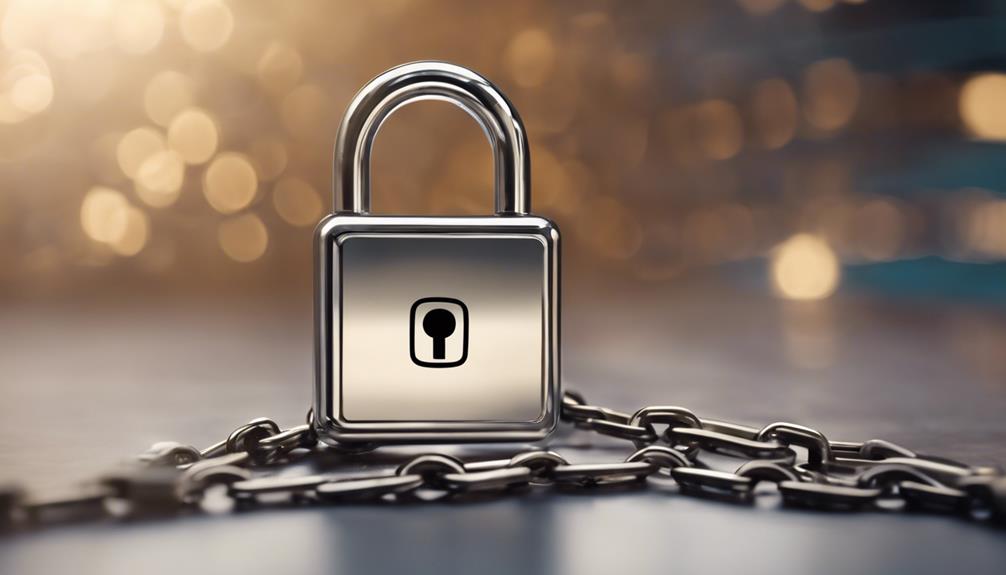
Now let’s talk about how Restricted Mode impacts your YouTube experience.
We’ll discuss its purpose, how it aids in parental control, and look at some of its potential limitations and drawbacks.
Understanding these elements can help you make informed decisions about using this feature.
Restricted Mode’s Purpose
Understanding the purpose of YouTube’s Restricted Mode can help you gain better control over the content you or others can view on this platform. Despite restricted mode myths, this feature isn’t meant to limit your creativity or silence your voice. Instead, it provides alternatives to ensure a safer, more inclusive environment. Here’s what it serves:
- Content Filtering: It screens out potentially mature content you may prefer not to see or don’t want others to stumble upon.
- User Protection: It aims to protect users, particularly minors, from inappropriate or harmful content.
- Safety Measures: It acts as a safety measure, giving users the choice to have a cleaner viewing experience.
- Community Standards Enforcement: It helps YouTube enforce community guidelines, making the platform more user-friendly and respectful for all.
Parental Control Benefits
Ever wondered how Restricted Mode on YouTube can be a boon for parents striving to protect their kids from inappropriate content? This innovative feature offers controlled viewing, ensuring online safety for your little ones. It acts as a filter, screening out potentially objectionable material. No longer do you need to constantly hover over their shoulder; YouTube’s Restricted Mode gives you peace of mind.
But that’s not all. This feature also encourages responsible viewing habits in children. They learn to discern suitable content from the unsuitable, contributing to their digital literacy. So, while they’re exploring their interests and feeding their curiosity, you can rest easy knowing they’re in a safe online environment.
Benefit from YouTube’s Restricted Mode – it’s parental control for the digital age.
Potential Limitations and Drawbacks
While YouTube’s Restricted Mode offers significant benefits, it’s important to consider potential limitations and drawbacks that could impact its effectiveness. Despite its good intentions, Restricted Mode’s flaws may affect the overall user experience impact.
- Over-censorship: Sometimes, Restricted Mode can be overzealous, blocking content that isn’t necessarily inappropriate.
- Inconsistency: The mode relies on algorithms and user feedback, which may lead to inconsistent results. Some explicit content may slip through, while some safe content may be unjustly blocked.
- Limited customization: Restricted Mode is a one-size-fits-all solution. You can’t customize the filtering criteria to suit personal preferences.
- Inefficiency: The Mode may fail to protect against all types of inappropriate content, especially newly uploaded videos.
Understanding these limitations can help you manage your expectations and use Restricted Mode more effectively.
Restricted Mode and Parental Controls
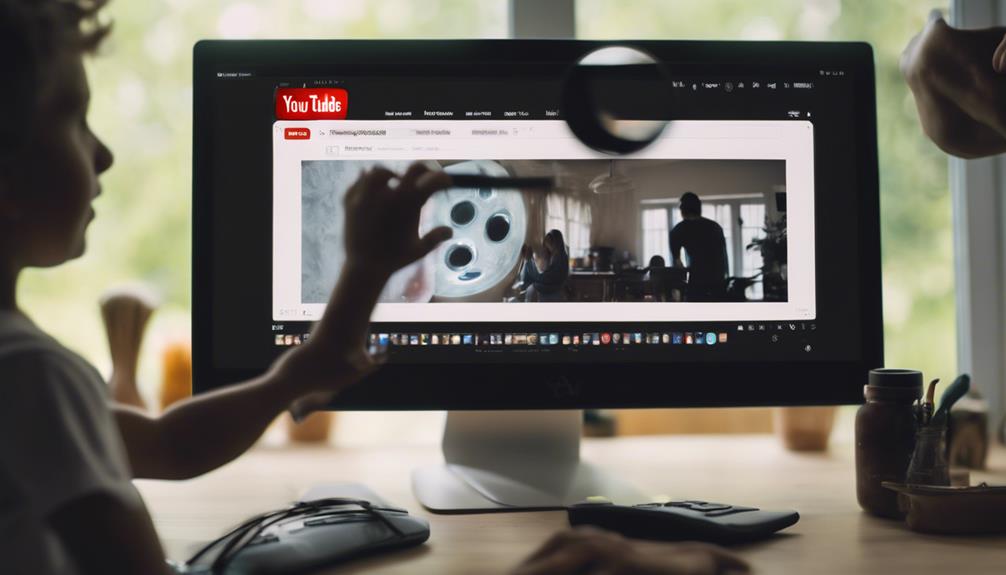
Often, parents use YouTube’s Restricted Mode as a proactive step to monitor and limit the content their kids can access. When activated, the Restricted Mode filters out potentially mature or inappropriate content, ensuring a safer and more child-friendly environment. It’s a helpful tool to have when you’re keen to give your kids some online freedom without risking exposure to unsuitable material.
User’s feedback on Restricted Mode has been generally positive, with many parents applauding the feature for providing an extra layer of protection. It’s not foolproof, but it certainly helps in maintaining a more controlled viewing experience. Parents have reported feeling more at ease knowing that their kids are less likely to stumble upon content they’re not yet ready to comprehend.
However, it’s important to remember that Restricted Mode isn’t a standalone solution. It’s a tool to be used in conjunction with active parental supervision and regular conversations about online safety. So, while it’s a great feature to have in your parental control arsenal, it’s best paired with your ongoing involvement in your child’s digital life.
Limitations of Restricted Mode
Despite its benefits, YouTube’s Restricted Mode isn’t without its limitations. This feature, aimed at filtering out potentially inappropriate content, can sometimes yield unforeseen challenges, particularly in relation to filtered content implications and unintentional restriction consequences.
- Overzealous Filtering: Sometimes, the algorithm may filter out more than it should, causing you to miss out on content that’s actually appropriate and useful. This is one of the filtered content implications you should be aware of.
- Unintentional Blocking: There can be unintentional restriction consequences when content gets blocked due to keywords or phrases that are considered inappropriate, even if they’re used in an educational or non-offensive context.
- Inconsistent Implementation: The efficiency of Restricted Mode can vary based on factors like device type, browser, or region, leading to inconsistent protection levels.
- Limited User Control: Users don’t have the ability to customize or fine-tune the filtering parameters. This lack of control can limit your viewing experience, particularly if you’re seeking more than just the broad stroke content restrictions.
As with any tool, it’s important to understand both its strengths and weaknesses. While Restricted Mode offers an innovative way to manage YouTube content, being aware of its limitations can help you navigate this feature more effectively.
Troubleshooting Restricted Mode Issues
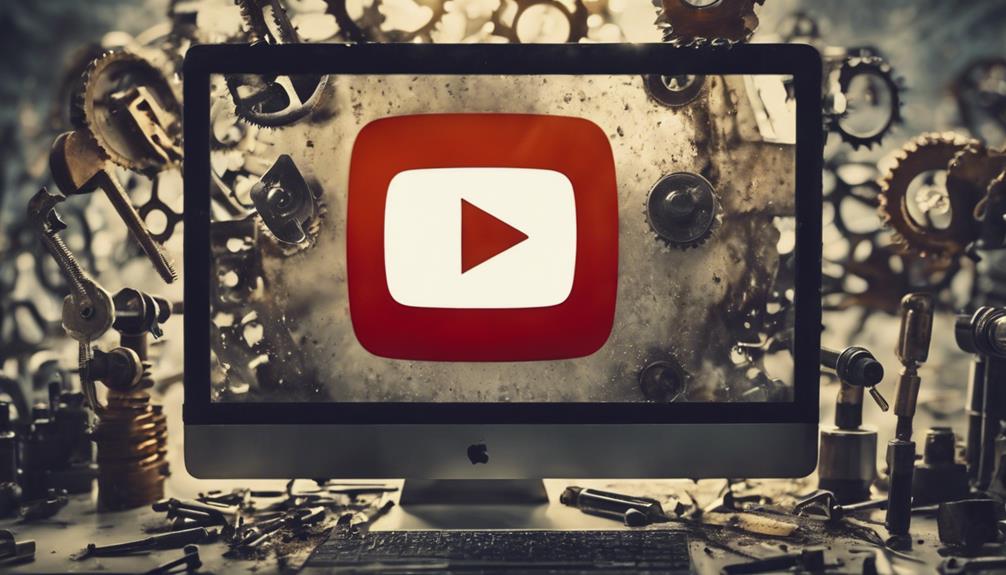
Encountering issues with YouTube’s Restricted Mode? Don’t fret, we’re about to explore common errors and how to fix them.
Let’s get your YouTube experience back on track by understanding and solving Restricted Mode problems.
Understanding Restricted Mode Errors
Navigating through Restricted Mode errors on YouTube can seem daunting, but with a bit of understanding, you’ll be able to troubleshoot these issues effectively. The key lies in recognizing restricted mode glitches and carrying out an informed error messages analysis.
To do this effectively:
- Identify the error message: YouTube provides specific error messages for different issues. Understanding these is your first step.
- Check your settings: Sometimes, the problem isn’t a glitch but a setting that needs adjustment.
- Verify your account status: Some features are only available to certain accounts. Ensure your account is in good standing.
- Note the video content: Restricted Mode may block certain content for various reasons.
Mastering these steps will equip you to handle Restricted Mode errors like a pro.
Solving Restricted Mode Problems
Now that you’re aware of how to identify and understand Restricted Mode errors on YouTube, let’s tackle how to actually solve these problems.
First, ensure you’re logged into the correct account, as Restricted Mode applies to each individual user.
Next, navigate to the bottom of any YouTube page and click the Restricted Mode toggle. If it’s locked, you may not have permission to disable it. This could be due to network administrator settings, so you’d need to reach out to them for assistance.
Remember, while filtering content enhances user experience by limiting inappropriate material, it’s not 100% accurate. So, if a video you deem safe is blocked, you can report it to YouTube for review.
Problem-solving in this digital age is key to a smoother, more controlled viewing experience.
Restricted Mode on Different Devices
Whether you’re using a desktop, mobile device, or smart TV, turning on Restricted Mode on YouTube can be done with just a few simple steps. This feature boasts significant device compatibility and creates a safer, more curated viewing experience by filtering out potentially mature content.
Here’s how to activate it on different platforms:
- Desktop: Click on your profile icon and select ‘Restricted Mode’ at the bottom of the menu to turn it on.
- Mobile Device: In the YouTube app, tap on your profile icon, then go to ‘Settings’, ‘General’, and toggle on ‘Restricted Mode’.
- Smart TV: These usually have a similar process to mobile devices. Use your TV’s remote to navigate to ‘Settings’, then ‘Restricted Mode’, and turn it on.
- Game Consoles: Access YouTube via the console’s browser, then follow the desktop instructions.
Keep in mind that Restricted Mode effects vary based on community flagging, age-restrictions, and other signals to identify and filter out potentially inappropriate content. Its effectiveness depends on the accuracy of these signals. Remember, it’s not 100% foolproof but definitely enhances your YouTube experience.
Common Misconceptions About Restricted Mode
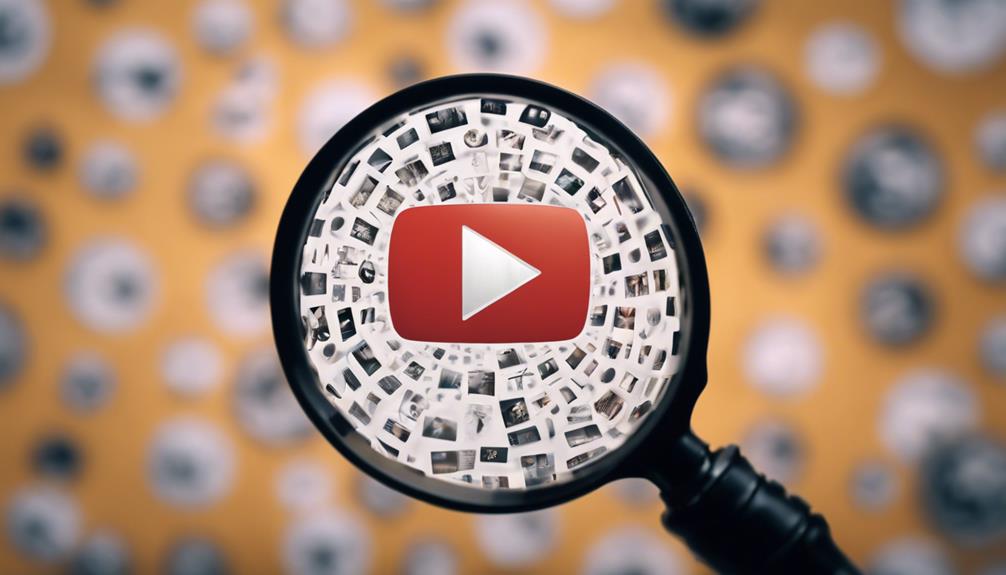
While understanding how to activate Restricted Mode is essential, it’s just as important to debunk some common misconceptions about this feature. Misinterpretations of Restricted Mode can lead to confusion and incorrect usage.
One of the pervasive Restricted Mode myths is that it acts as an absolute content blocker. However, while Restricted Mode does filter out potentially mature content, it’s not 100% foolproof. YouTube relies on automated systems, and occasionally, some videos can slip through the cracks.
Another misconception is believing that Restricted Mode only applies to children’s content. In reality, this feature is designed to protect all viewers from potentially sensitive content, regardless of age.
Let’s set the record straight with this table summarizing the key misconceptions and the actual facts:
| Misconceptions | Facts |
|---|---|
| Absolute content blocker | Filters, but not 100% foolproof |
| Only for children’s content | For all viewers |
Maximizing Your Youtube Experience With Restricted Mode
To make the most of your YouTube journey, it’s crucial to understand how to effectively use Restricted Mode for a safer and more personalized viewing experience. This feature isn’t merely a tool for parental control, but a capable filter that increases restricted mode effectiveness by limiting explicit content.
- Understand the purpose: Restricted Mode aims to filter out inappropriate or offensive content. However, remember that no filter is 100% accurate, and there might be unintended consequences like blocking safe content.
- Customize your experience: You can turn on or off Restricted Mode based on your viewing preferences. This flexibility allows for a more personalized YouTube journey.
- Use it across devices: Once activated, Restricted Mode remains enabled across all your devices where you’re signed in, providing a consistent viewing experience.
- Report inaccuracies: If you encounter any legitimate content being blocked, or inappropriate content slipping through, report it. YouTube constantly refines its filters based on user feedback.
Effectively utilizing Restricted Mode can drastically enhance your YouTube experience. It’s about more than safety—it’s about curating an environment that aligns with your values and preferences.

